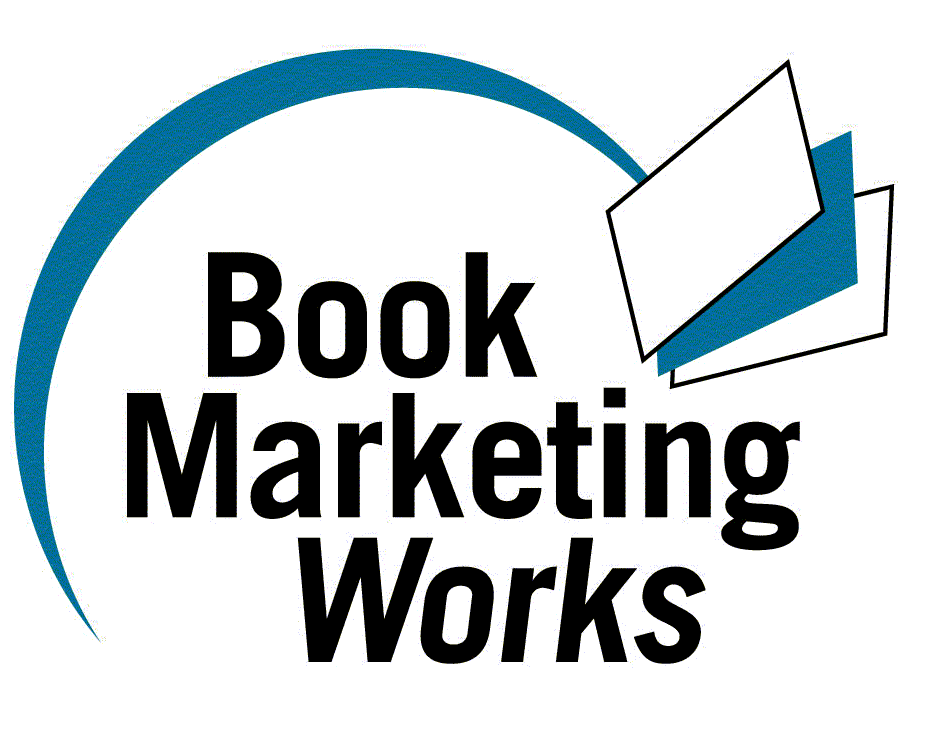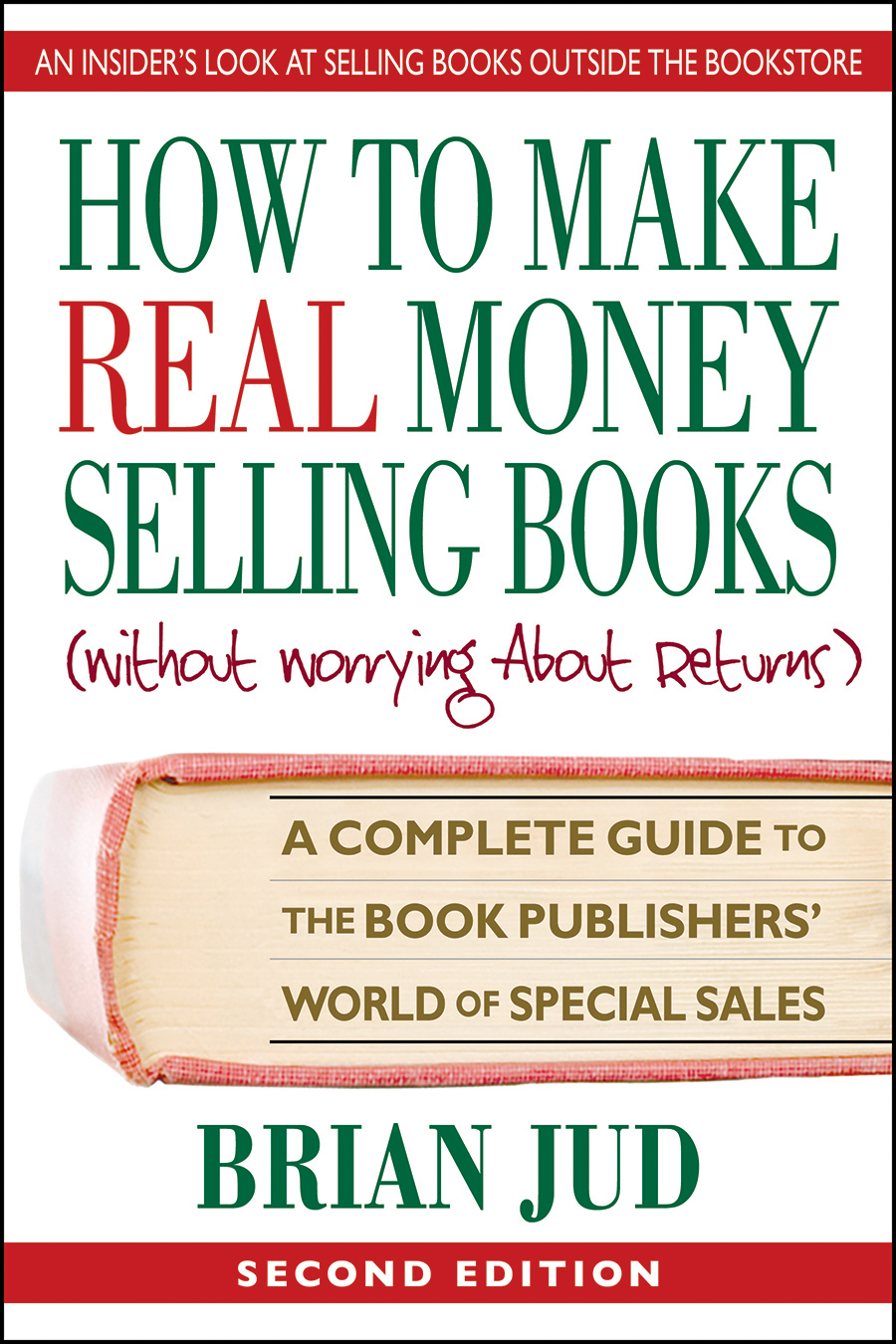|
The Declaration of Dependence By Brian Jud A typical marketing plan has two major parts. The first is a statement of what you are going to do and the second describes how you will do it. Your task is to create the optimum combination of strategy and action that will achieve your objectives. And that depends on your ability to apply strategic thinking. The interaction of marketing planning and strategic thinking is demonstrated in the following example beginning with the understanding that marketing objectives evolve from your financial objectives. For instance, if you want to earn $100,000 in profit and your target profit margin is 10% on sales, then you must set a goal of $1,000,000 in sales revenue. With an average list price of $14.95 on a book sold through a distributor discounting sales at 65%, you would receive $5.23 per sale. Therefore, you would have to sell 191,205 books to generate $1,000,000 of revenue. If last year you sold 145,000 books, then your unit sales would have to increase by 32%. With this in mind your goals would read: l Achieve total sales revenue of $1,000,000 by 12/31/2002l Increase unit sales volume by 32% to 191,205 over the planning periodNow the challenge becomes a quest to find out what you can do to reach these targets. This can be done through strategic thinking, the process of creating new approaches to implementing your marketing plan and matching them to your skills, resources and changing market opportunities. Such a practice is most easily accomplished by dividing your thinking into the four arenas of marketing. 1. Product-line planning. If you can change the content of your product line, you may spread the unit sales projections out over more titles. For instance, you might publish a new title with a list price of $16.95 or add a video program for $39.95. Or, you could lower your price on some items by introducing a series of booklets for $2.95 each. 2. Pricing. Some book-marketing pundits would have you price your books by multiplying your printing costs by 7 or 8. With this formula, a print run of 1000 copies would be priced much higher than for 5000 copies of the identical book sold by the same distributors to the same markets. Costs should have some bearing on your ultimate price, but not as much as value, distribution discounts, competitive issues and market need. 3. Distribution. Your selection of distribution channels has more impact on your bottom line, than almost any other decision you will make. There are four basic distribution strategies from which to choose: indirect distribution, special sales, direct marketing and some combination of the three. Indirect marketing employs a reseller that purchases books from you and resells them to the ultimate buyer. Of course, there is the traditional system that utilizes all or some portion of the distributor ð wholesaler ð bookstore arrangement. But indirect marketing also makes use of middlemen in non-traditional channels such as sales to warehouse clubs, discount stores and supermarkets. Most publishers employ indirect marketing, but often to the exclusion of the non-traditional outlets. Special sales is a subset of indirect marketing since it entails selling to someone other than the end user. It has come to be the descriptive phrase for sales to corporations, associations and organizations. Special sales includes niche marketing to specialty stores related to your titles. topics (museums, car dealers, hair salons, health-food stores), too. Sales to catalog and book clubs also fit into this category. Direct marketing occurs when you bypass a distribution network and deal directly with the buyers. This technique involves selling through direct mail, telemarketing, email, during personal presentations or via your web site. 4. Promotion. The promotion mix that you employ is influenced by your distribution choices and your decision to use a push or pull strategy. Push marketing is directed to the members of your distribution channel. Pull marketing drives readers to seek your titles in retail outlets.  A balanced promotional mix should contain a combination of push and pull. For instance, you might provide your distributor. s sales people with promotional devices or literature. You could also exhibit at BEA or at regional booksellers. shows, informing retailers of your special offers (two-for-one deals, free shipping, etc). At the same time, you could arrange print publicity and appear on television and radio shows to drive the general public to the outlets selling your books. Find a new path Now that you have evaluated alternative ways to reach your objectives, it is time to organize all your strategic thinking into a proactive marketing plan. For example, if you have a line of titles related to careers, then your path to success might resemble this: Product/Price decisions. Publish one new title at $16.95, a video about job interviewing for $39.95 and a new line of job-search booklets with a unit price of $2.95. Distribution decisions. Segment your markets into separate niches with different needs for career information. The resulting combined distribution network would reach the general public through bookstores and libraries, and college students, corporations and state governments through direct marketing. Promotion decisions. Balance your promotional mix with both push and pull marketing activities. First, schedule appearances on television and radio shows to drive people to bookstores and your web site. Then contact Career Placement Officers, parents of college students, corporate HR executives and state unemployment offices through direct marketing and personal presentations. Although the total revenue goal remains firm, your path to it has changed. With your new average selling price of $15.95 (one title at $14.95 and one at $16.95 nets $5.58 per sale) you could actually sell fewer books than last year to reach the same revenue. And if you plan to sell 5000 books to colleges and corporations, 4000 videos to parents of college students (.3%) and 50,000 booklets to colleges, state governments and corporations your new objective would read:
This strategy offers many benefits including a broader base for generating revenue in terms of product selection and customer segments. In addition, it will reduce your reliance on bookstore sales. Profit as a percentage of sales increases since direct and special-sales customers pay in 30 days, do not return books and pay shipping expenses. Your product-development techniques will become well entrenched and your new strategic-thinking abilities will help you in all areas of your business. Declare your dependence on strategic thinking and free your mind to create new ways to reach your goals.
|
Check out these testimonials...





